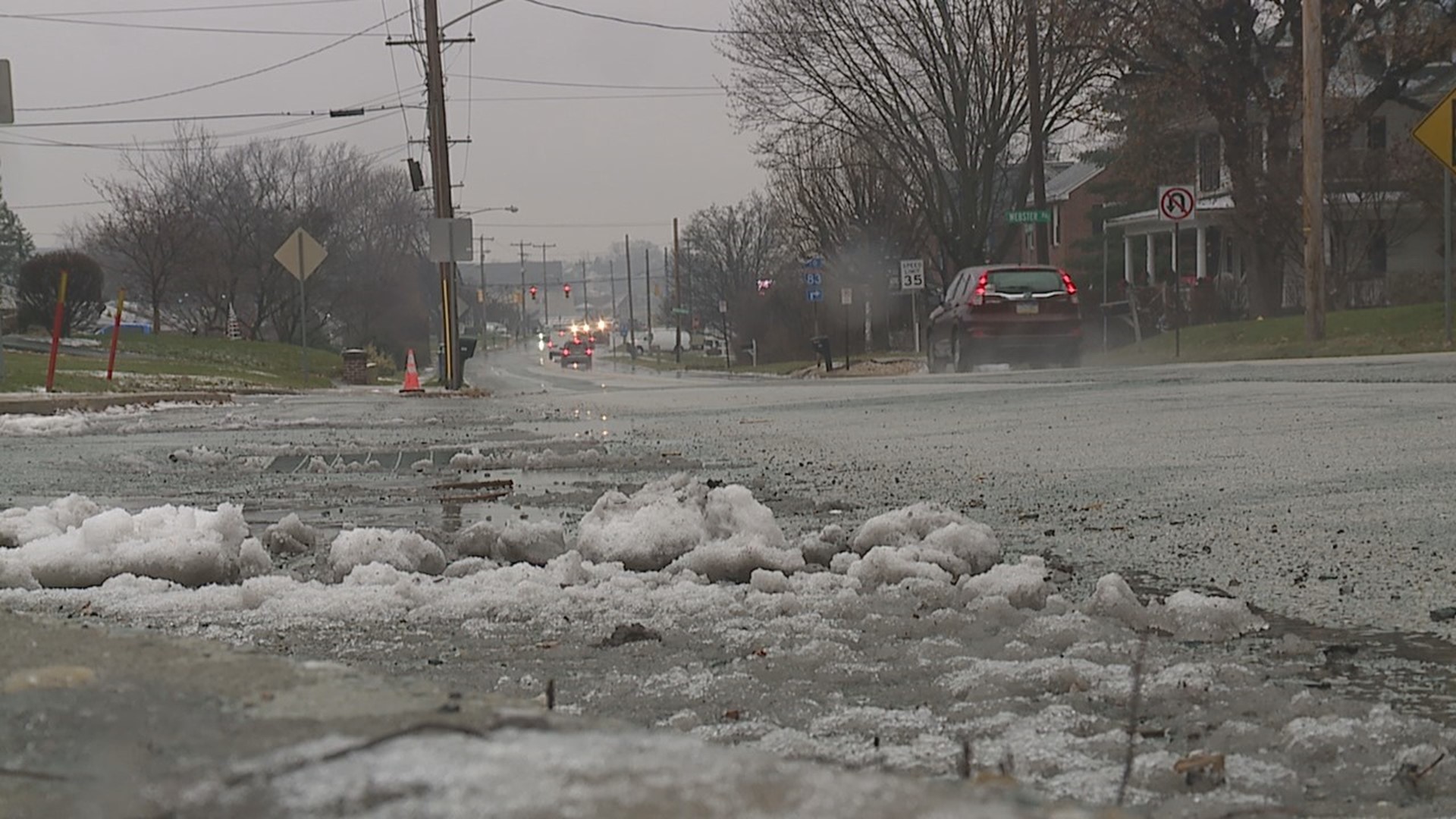PENNSYLVANIA, USA — With winter weather expected to hit areas of central Pennsylvania some drivers may be reconsidering hitting the road, including those with an electric vehicle.
It’s an idea some electric vehicle drivers might not be fully aware of.
“It’s highly likely that drivers of electric vehicles are not yet fully educated on some of the differences between driving a gas-powered vehicle in winter weather conditions or driving electric vehicles,” said Jason Kirsch, a spokesperson with AAA.
Electric vehicle owner, Megan Chobot, decided to hit the road with her family ahead of the weekend’s expected snowstorm.
“We thought about leaving in the morning, but we decided to rush it and leave tonight so we wouldn’t have to worry,” Chobot said.
Colder temperatures can impact electric vehicles’ battery life and force some drivers to find charging stations at inconvenient times.
“We always expected to have to stop halfway through with this trip, we were surprised the one time we were able to make it the whole way on one charge,” Chobot said.
Using regenerative braking during winter weather can drain a vehicle's battery faster and lead to poorer performance.
“It uses it to recharge the electric vehicles battery, but unfortunately, regenerative braking can cause problems on slippery roads,” Kirsch said.
An electric vehicle’s weight can also impact how quickly its battery is drained.
“Electric vehicles are heavier than gas-powered vehicles and they require more roadway to decelerate,” Kirsch said.
AAA’s research suggests when electric vehicle drivers use climate control to heat their cabin in temperatures of 20 degrees or under, the average driving range decreases by 41%.
That could be potentially dangerous depending on where drivers find themselves on the road.

